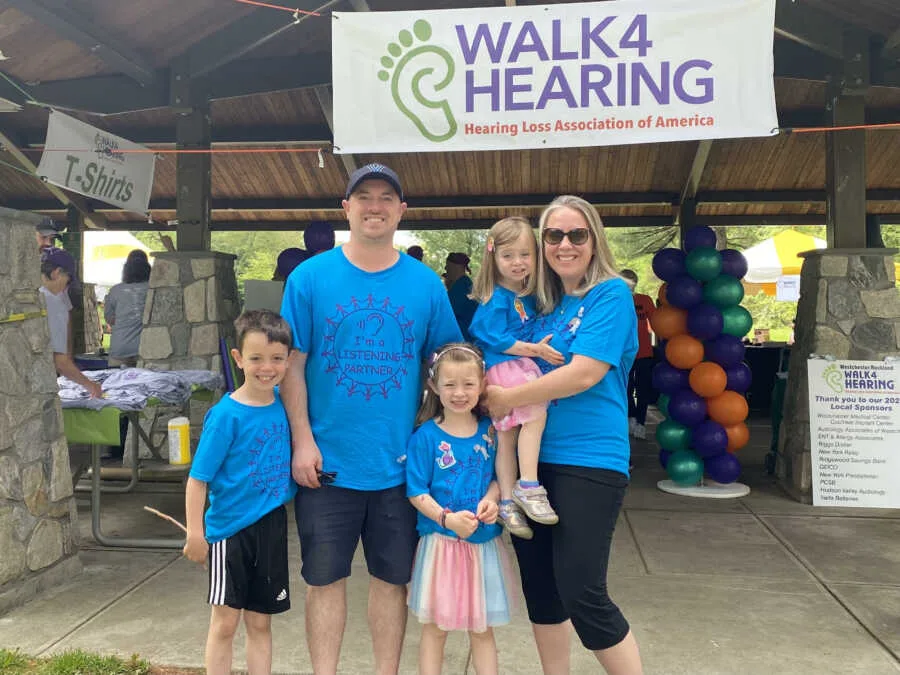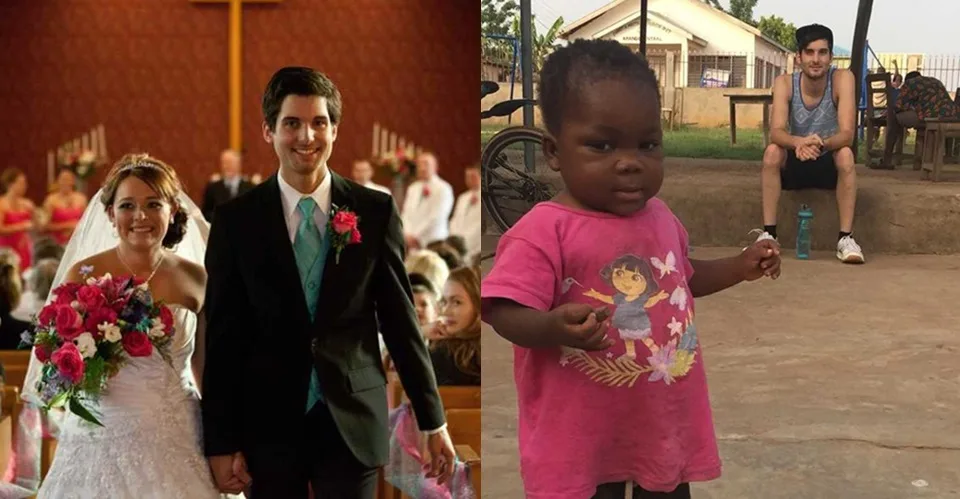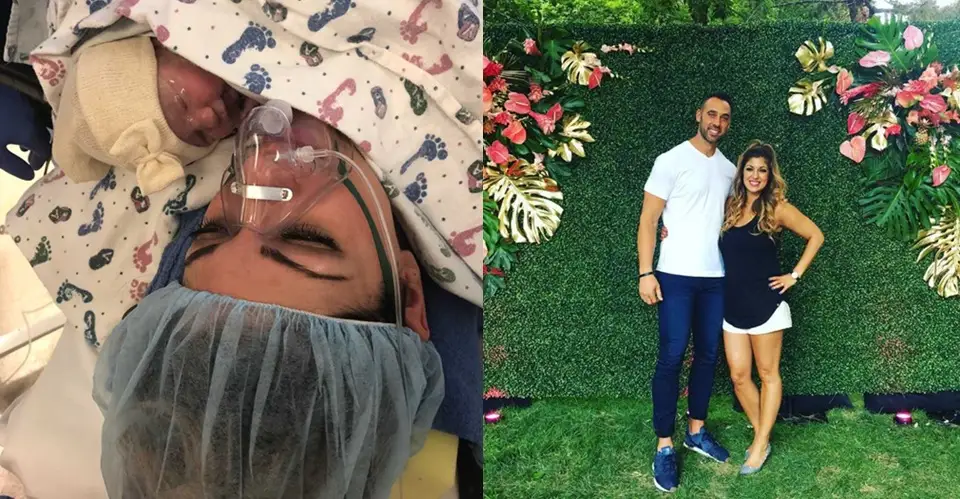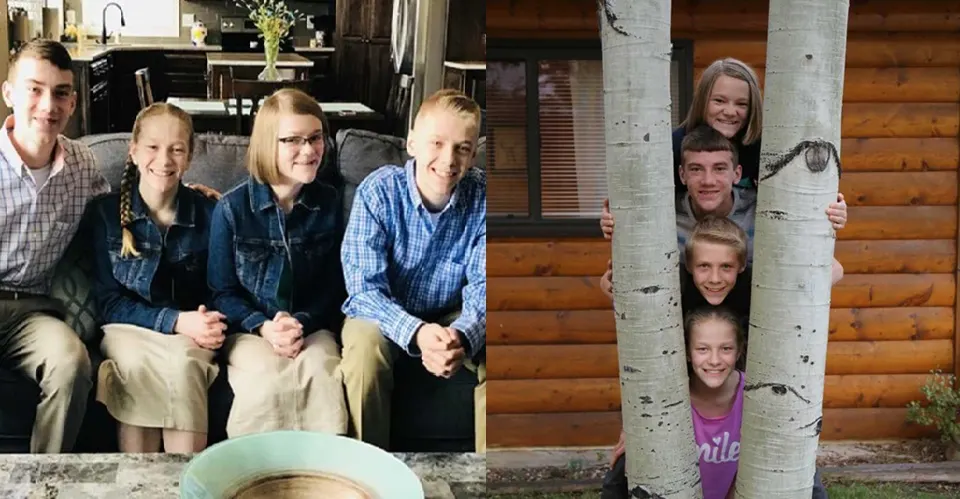When her daughter couldn’t find herself in a story, Mom didn’t wait for the world to change; she wrote the page, and now many more kids can see themselves in the picture. Two years ago, her three-year-old, Mila, looked up seriously and asked why none of the kids in her books wore cochlear implants like she did. The question hit like a stone in the chest. If her daughter couldn’t find herself on the page, maybe it was time to make it herself.
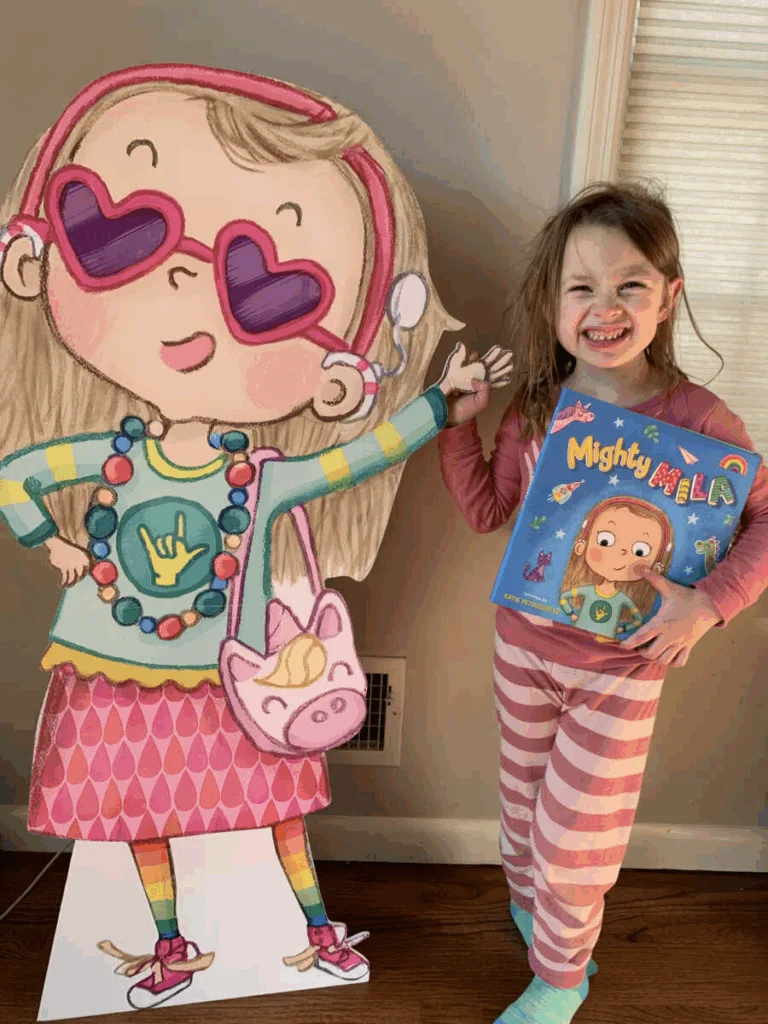
From that night on, after her “day job” was done and three kids were asleep, she taught herself how to write, illustrate with direction, and self-publish. What began as a gap she wanted to fill turned into a mission: a fun picture book where any child could fall in love with a bold, imaginative girl who happens to have hearing loss. She named it Mighty Mila. Awards followed, gold seals that sparkle, but the real win was simpler: Mila and other deaf or hard-of-hearing kids finally had a character with hearing devices smiling back at them from their own shelves.
Their hearing journey started at birth, when a nurse said the newborn didn’t pass the routine screen. A later ABR test looked normal, so they watched and waited. Through the first year, Mila hit the usual notes, responding to voices, startling at loud sounds, until she failed another hearing test at twelve months. More testing showed mild-to-moderate sensorineural hearing loss. New to this world, her parents dove in, early intervention, tiny hearing aids with glittery ear molds, therapy appointments.
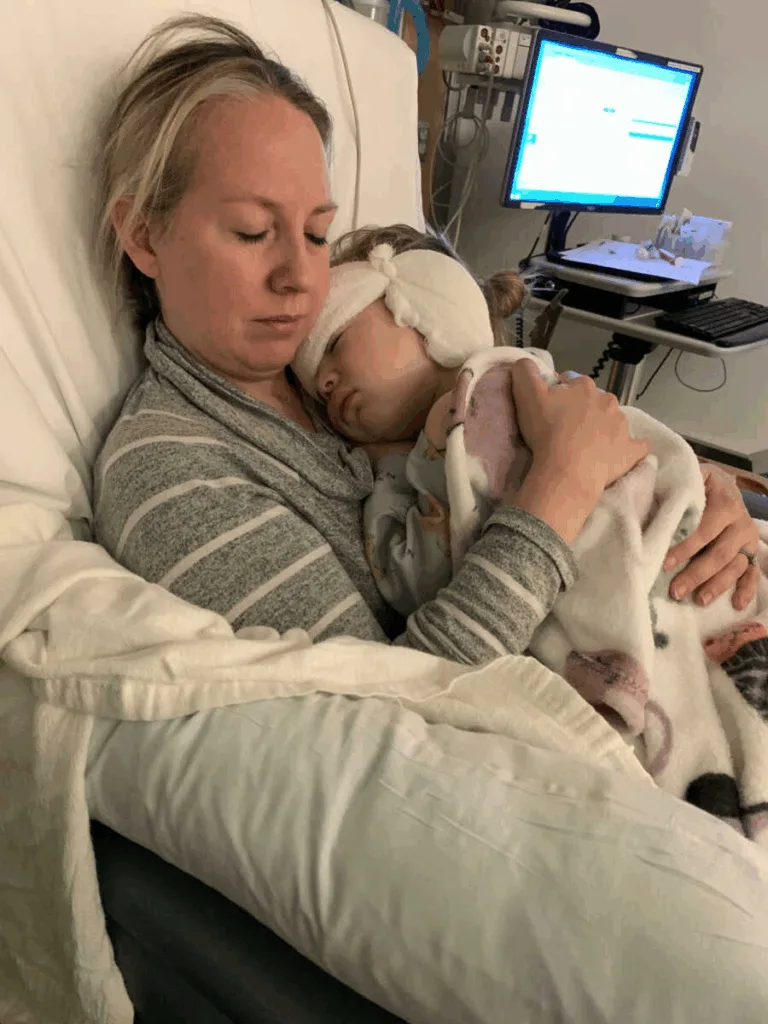
Even as a toddler, Mila’s spark was obvious. She picked out decorative cords like jewelry, strutted into nursery school, and soaked up every “ooh” and “ahh,” proud of the colorful gear on her ears. Life settled, until just before her third birthday, when her hearing dropped quickly to profound levels for no apparent reason. Hearing aids couldn’t give her enough sound anymore, so she received cochlear implants in early 2020, right before elective surgeries shut down. In true Mila fashion, she tackled it head-on through mask-muffled sessions, virtual therapy, and delayed mappings.
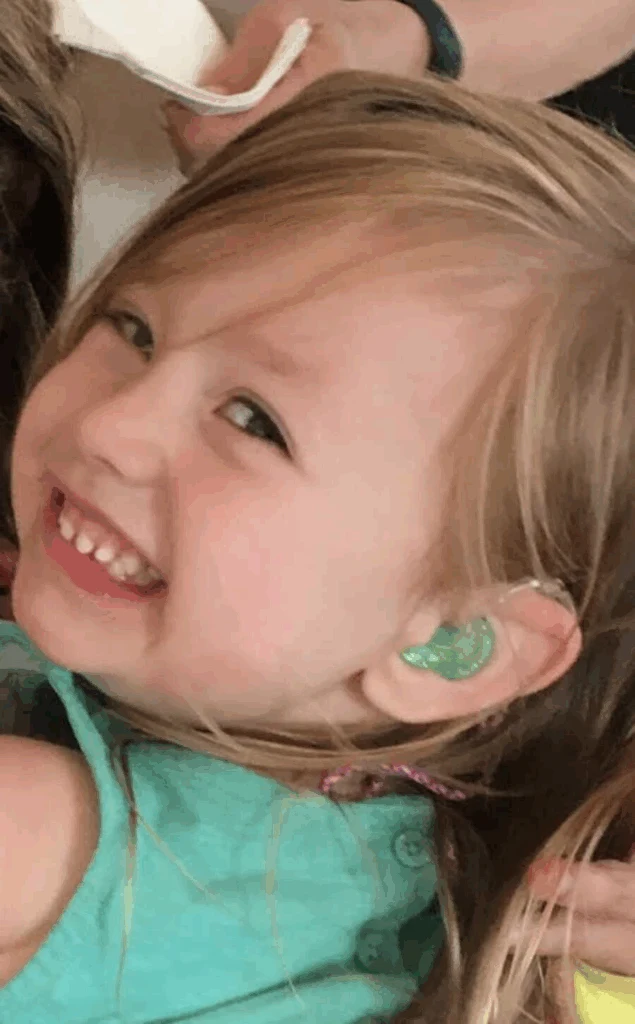
She chose two sets, brown to blend and white to pop, and nearly always reached for white. Decals and sparkly headbands replaced the old molds. “They look beautiful,” she said, and she meant it. Her mom’s goal was steady: raise a confident child in every part of who she is, including her deafness and devices. She loved watching Mila show off a new sticker or explain what “those things” were to curious kids. That’s why the sadness over book characters without implants cut so deep. Representation isn’t a small thing.
Kids with hearing loss deserve to see themselves in stories, toys, and shows, and kids with typical hearing deserve chances to learn how hearing aids, CIs, and even sign language fit into everyday life. Without that, difference can feel like distance. So she wrote Mighty Mila to close that gap, an upbeat story with a deaf main character, designed to empower and invite. Mila joined the process with delight, weighing in on outfits, inspiring tiny illustration details, and even autographing copies. “It’s pretty cool,” she’d say, grinning at a character who looks like her.
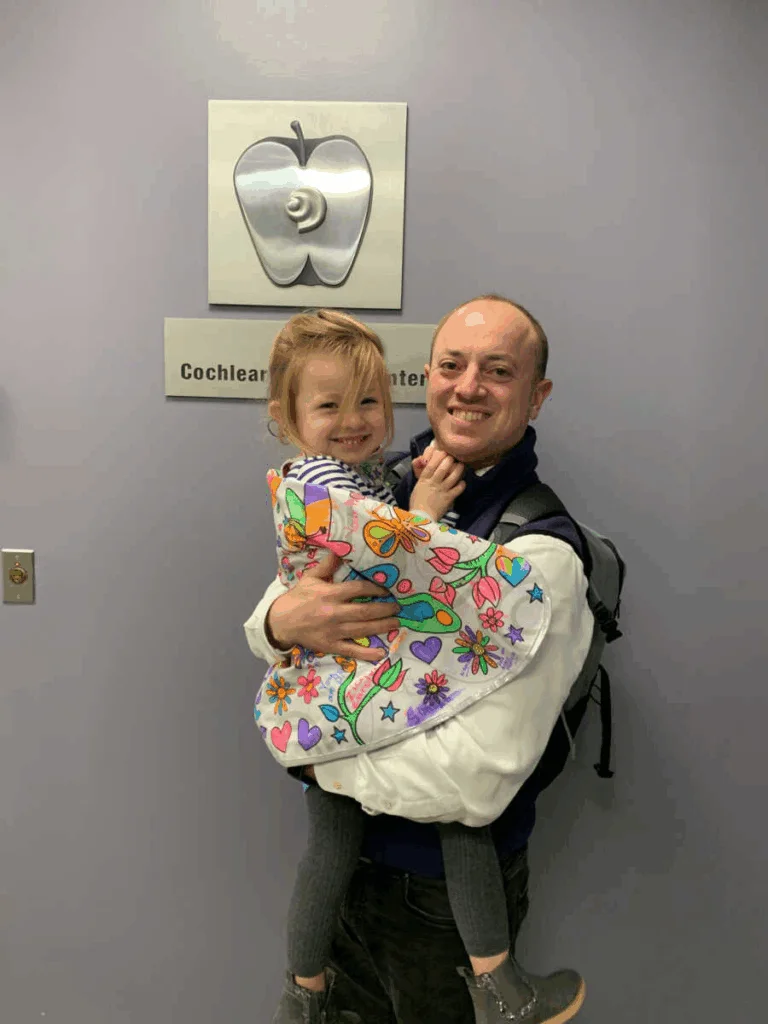
Not everyone understood. A bookstore owner once told her the book was “too specialized,” that no one wanted a character with cochlear implants. The comment stung, but she kept going. The book’s gold awards helped show that inclusion matters, but the emails from parents and teachers mattered more: photos of little readers pointing to the pages, messages like, “My child was so excited to see a kid with ears like hers.” Those notes made every late night worth it.
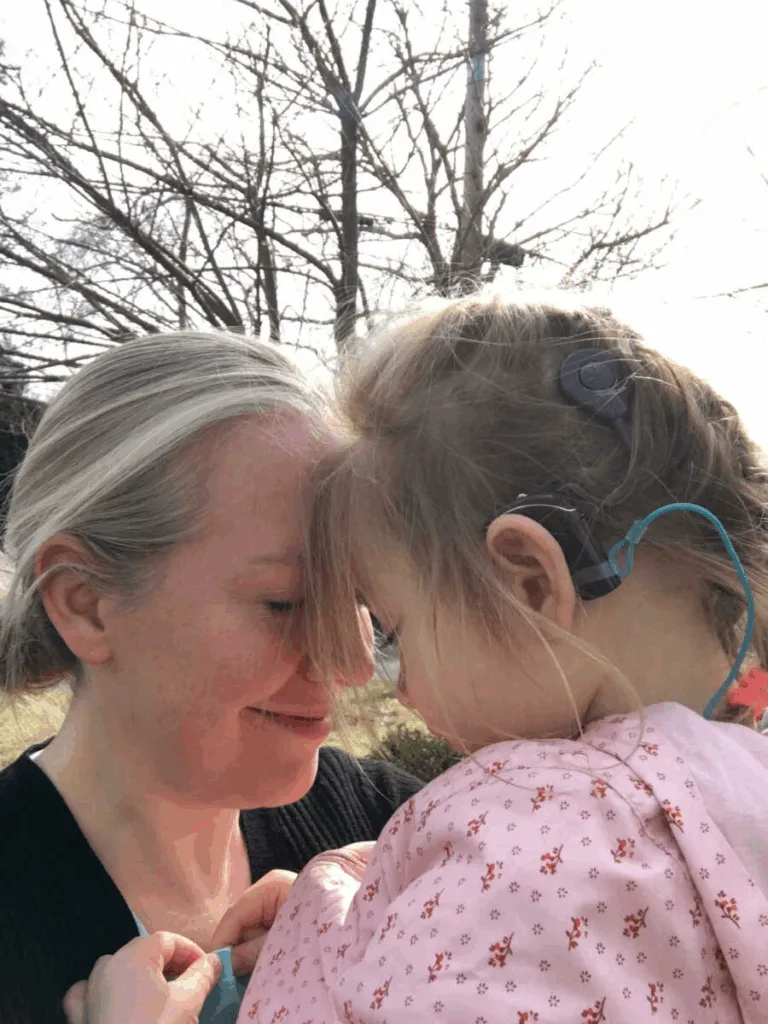
Sometimes, she worries about whether the world will dim the shine in her daughter’s self-belief. But she also knows what she can do: keep lifting Mila, keep telling inclusive stories, keep reminding every deaf or hard-of-hearing kid that they are strong, imaginative, and mighty. And she’ll keep inviting hearing peers to see the same, because understanding grows when kids can see each other clearly. Mighty Mila is now more than a book; it’s a slight movement tucked into bedtime stories and classroom corners. It’s a mother’s answer to a child’s tricky question, and an open door for anyone waiting to feel seen.
